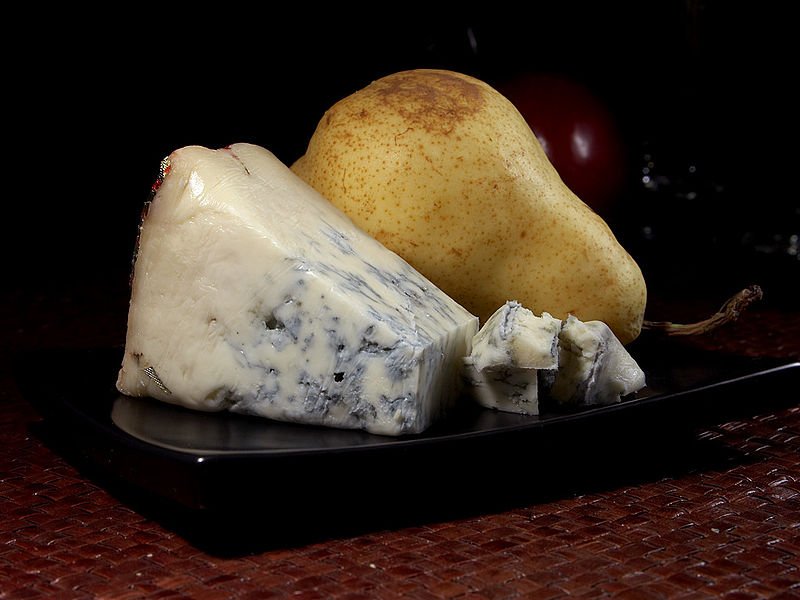Not everyone is thrilled when it comes to Blue Cheese. It is commonly passed over because of its pungent smell and the way it looks. It is definitely different than your typical hard cheese. Blue Cheese is also called as Blue Vein Cheese and has some unique qualities to it. Let’s dig a bit deeper because there’s actually an interesting story behind blue cheese.
One of the oldest and most well- known blue cheeses is Roquefort. Roquefort was said to be Charlemagne’s favorite cheese. He even called it as the “cheese of kings and popes.” It is even said that it helps fight against heart disease. Also, up until today, it is still being made in caves. These caves can be visited in France.
Aside from Roquefort, there are other types of cheese such as Gorgonzola from Italy– (which was the first Blue Cheese that was invented in 879 AD but the blue “veins” were not noted until the 11th century), Cambozola from Germany, Stilton from England, Danablu from Denmark, Cabrales from Spain and several others.
The story goes that back in the 7th century, outside the village of Roquefort in France, a distracted shepherd had forgotten his half-eaten bread and cheese inside a cave. A few months later when he came back, he found out that the cheese had been covered with what we now call penicillium roqueforti, which is a mold that had grown in the cave and had accidentally created Blue Cheese.
Blue Cheese is the widely-used term to describe cheese made from either cow’s, sheep’s or goat’s milk, which has added mold cultures. What makes it blue? The mold is added to the cheese milk and for it to become “blue”, oxygen must be present. With the help of thin needle or skewer, oxygen is injected into the cheese. This process allows the mold to grow and for the flavor to flourish as time goes by. Often times, it takes about three to six months for blue cheese to properly mature. Also, maturity in blue cheese uniquely occurs from the inside out.
Upon seeing the finished product, you’ll notice the green, gray, blue or black spots or veins throughout its body (a result of what the cheese has gone through with all the piercing and circulation of oxygen) and has an odd, strong smell. The injected oxygen also helped the texture of the cheese become softer.
Generally, blue cheese can be sharp and salty in flavor. But it’s taste can still vary depending on the shape, size and length of ageing it took. Take note that the characteristics of a good blue cheese should be moist, creamy, and has a strong smell.
There are also a few things to consider in differentiating one blue cheese from another, especially when it comes to taste. Factors are as follows: the moisture in the curd, the strain of blue mold that was used, the length of time before the cheese has been pierced, and lastly, the time given for the salt to be absorbed.
Just a few reminders that you should remember: First, Blue cheese is best consumed within seven days after opening. Second, there might be a faint smell of ammonia after opening but after five minutes, the smell should disperse. And third, the “blue” is meant to be there but if you see a pinkish slime and brown edges those are not and probably has gone bad.
Also remember the many different types of Blue Cheeses that are available, they also come with their own distinctive flavors. Some may come off as too strong for the first timers, but there’s no harm in trying!


